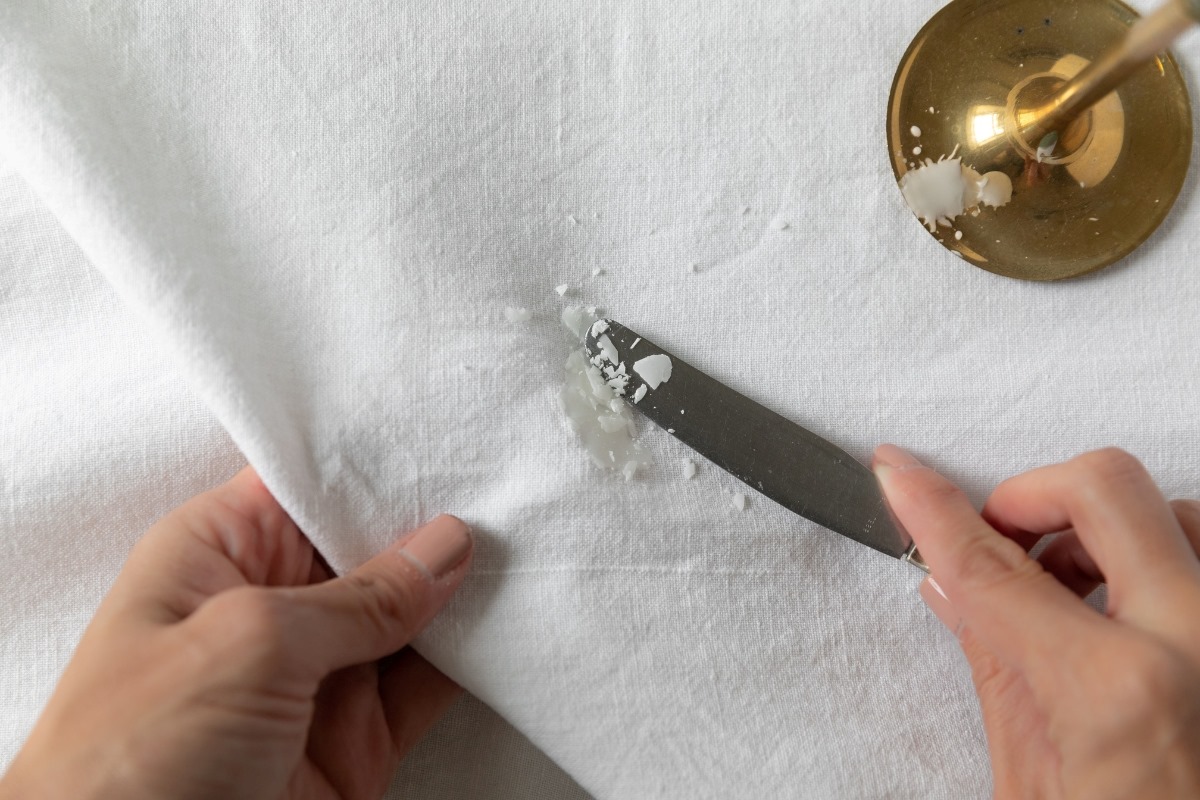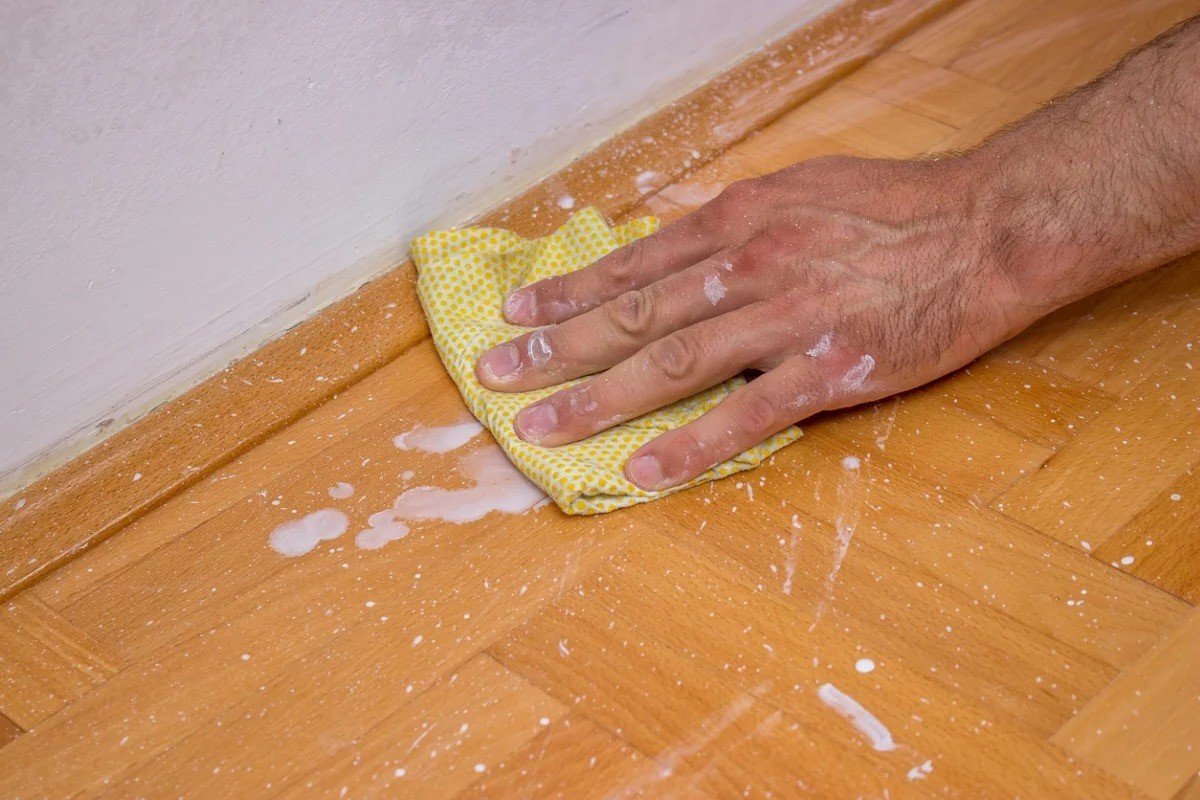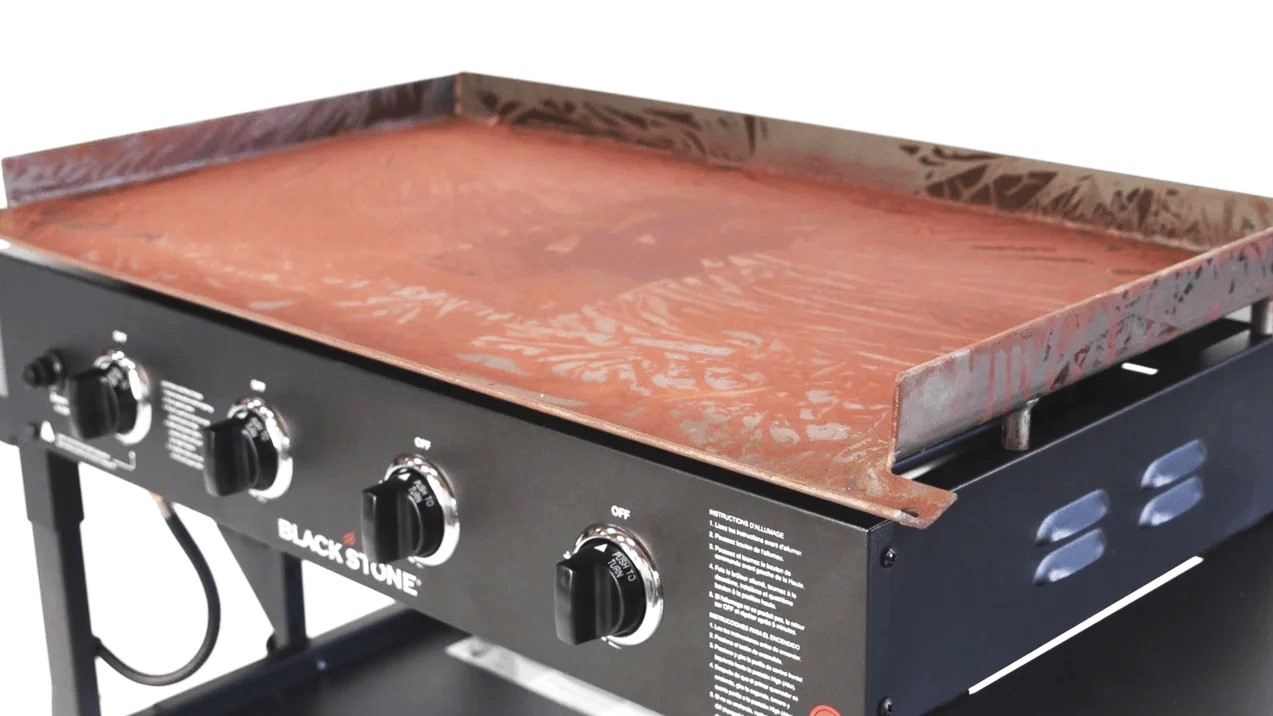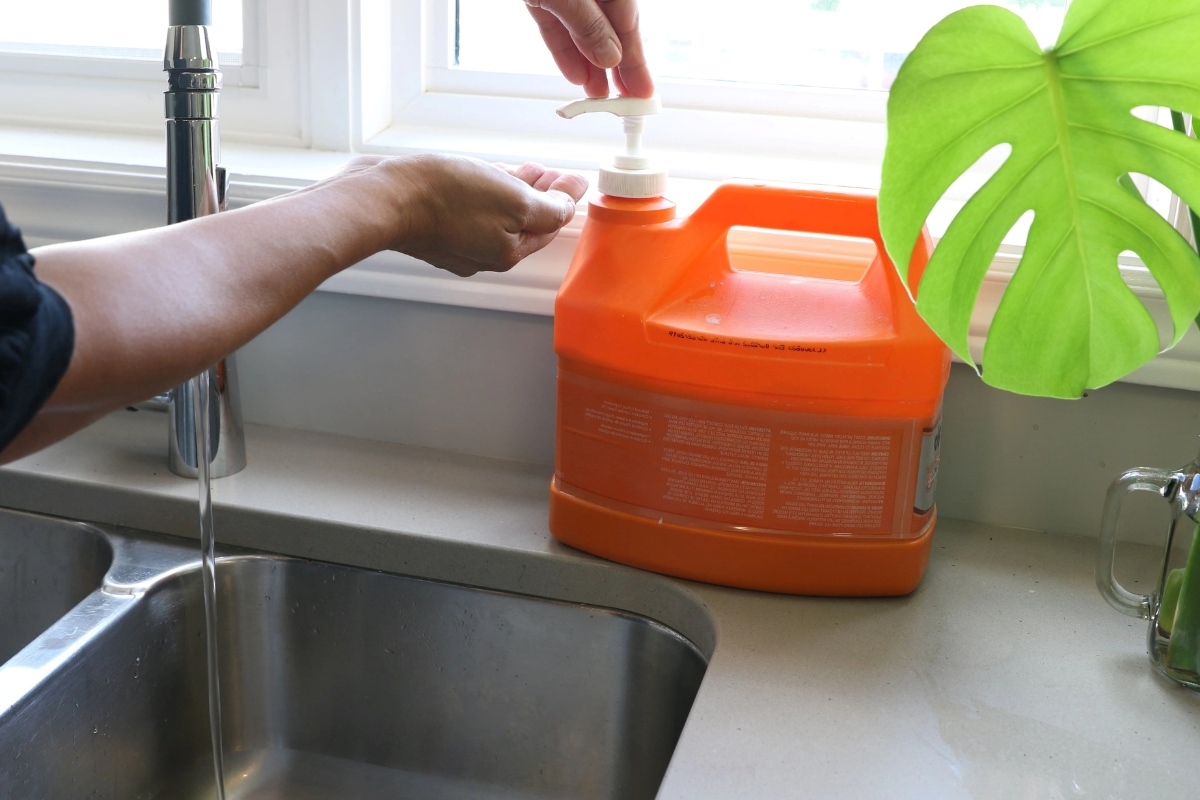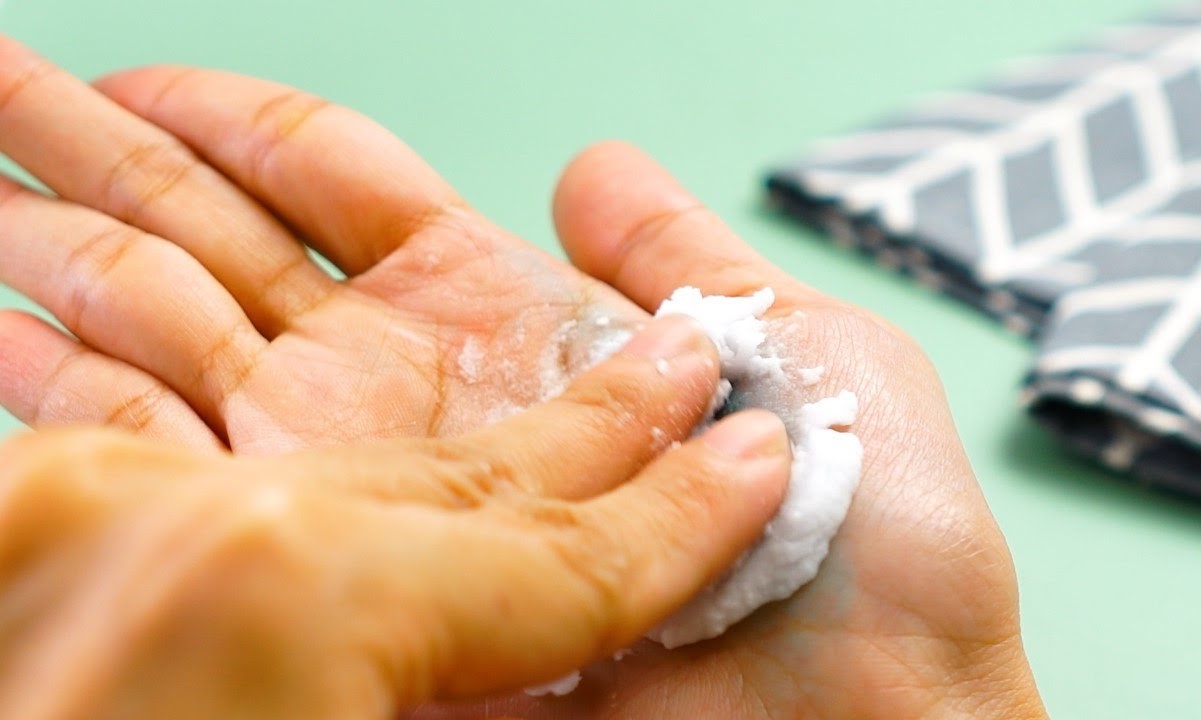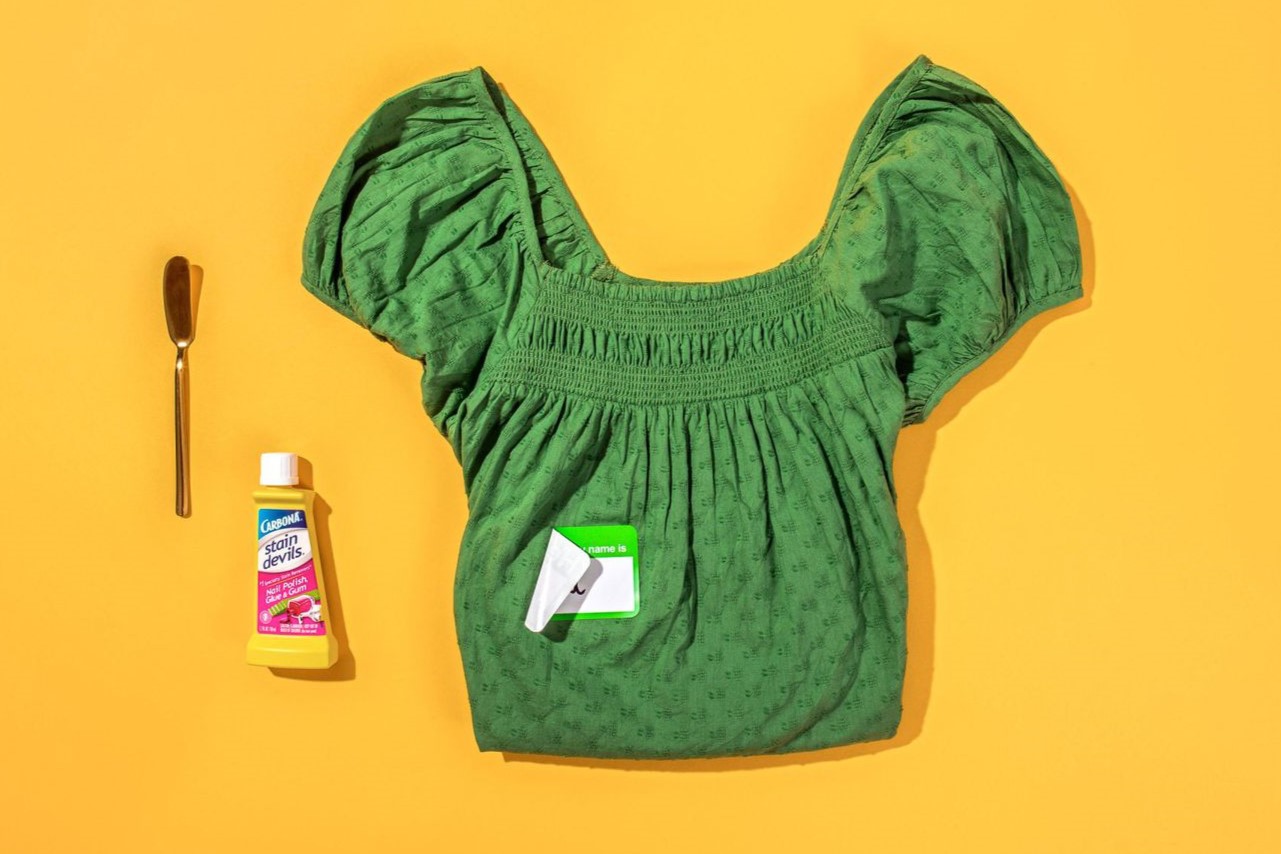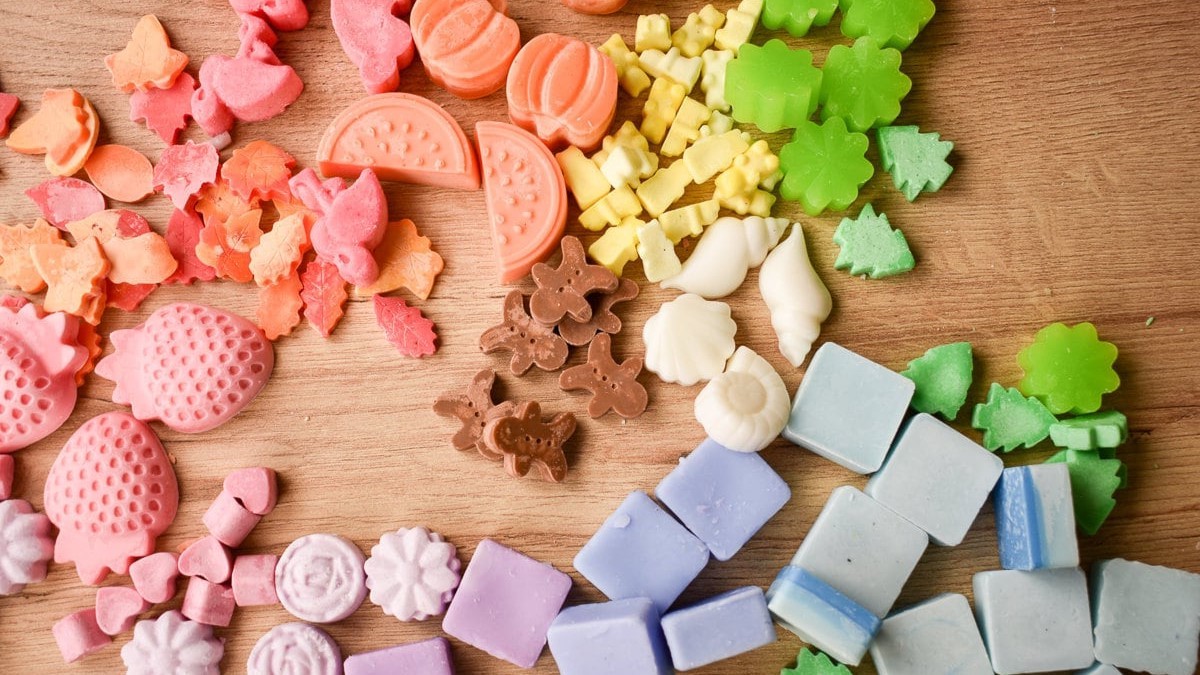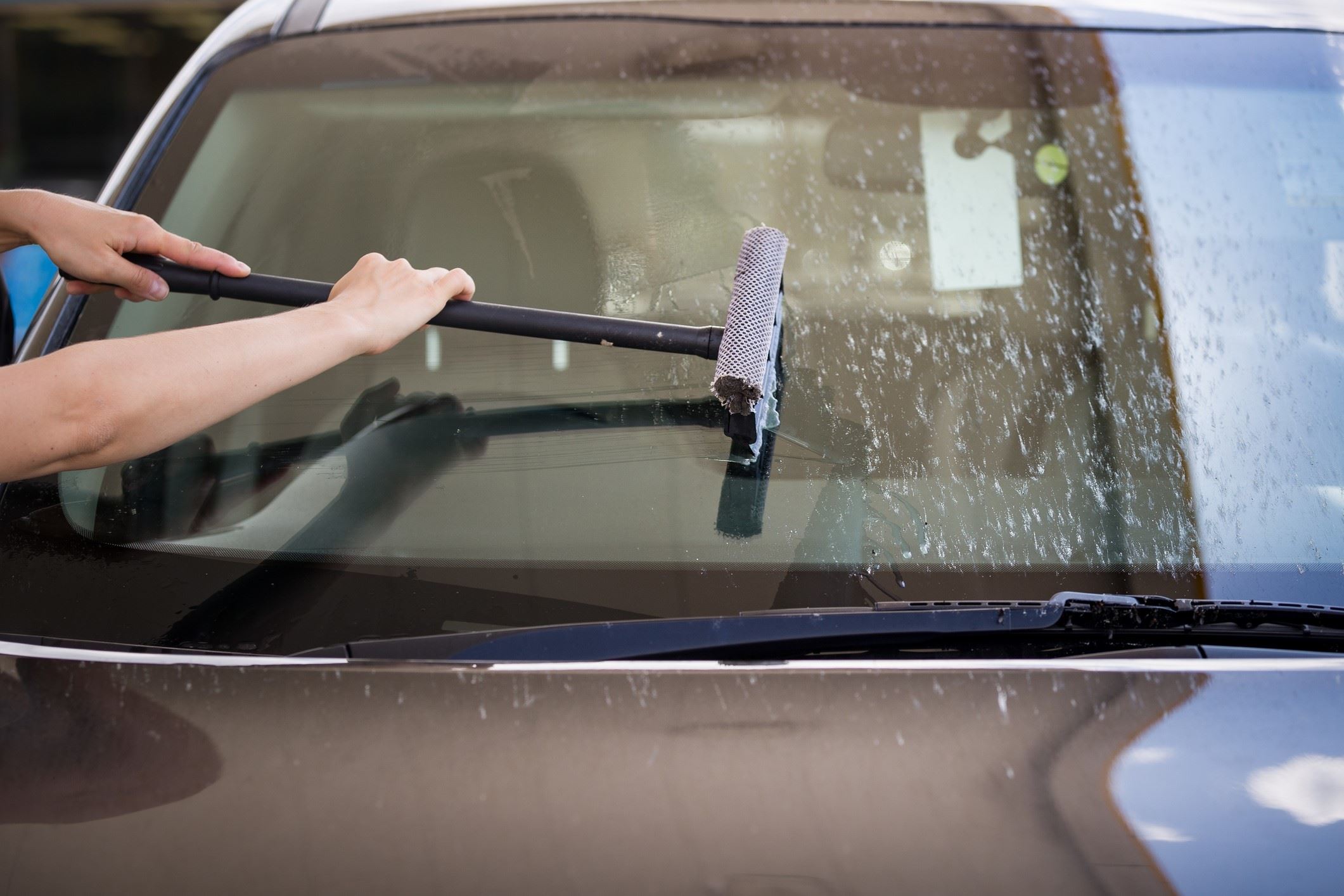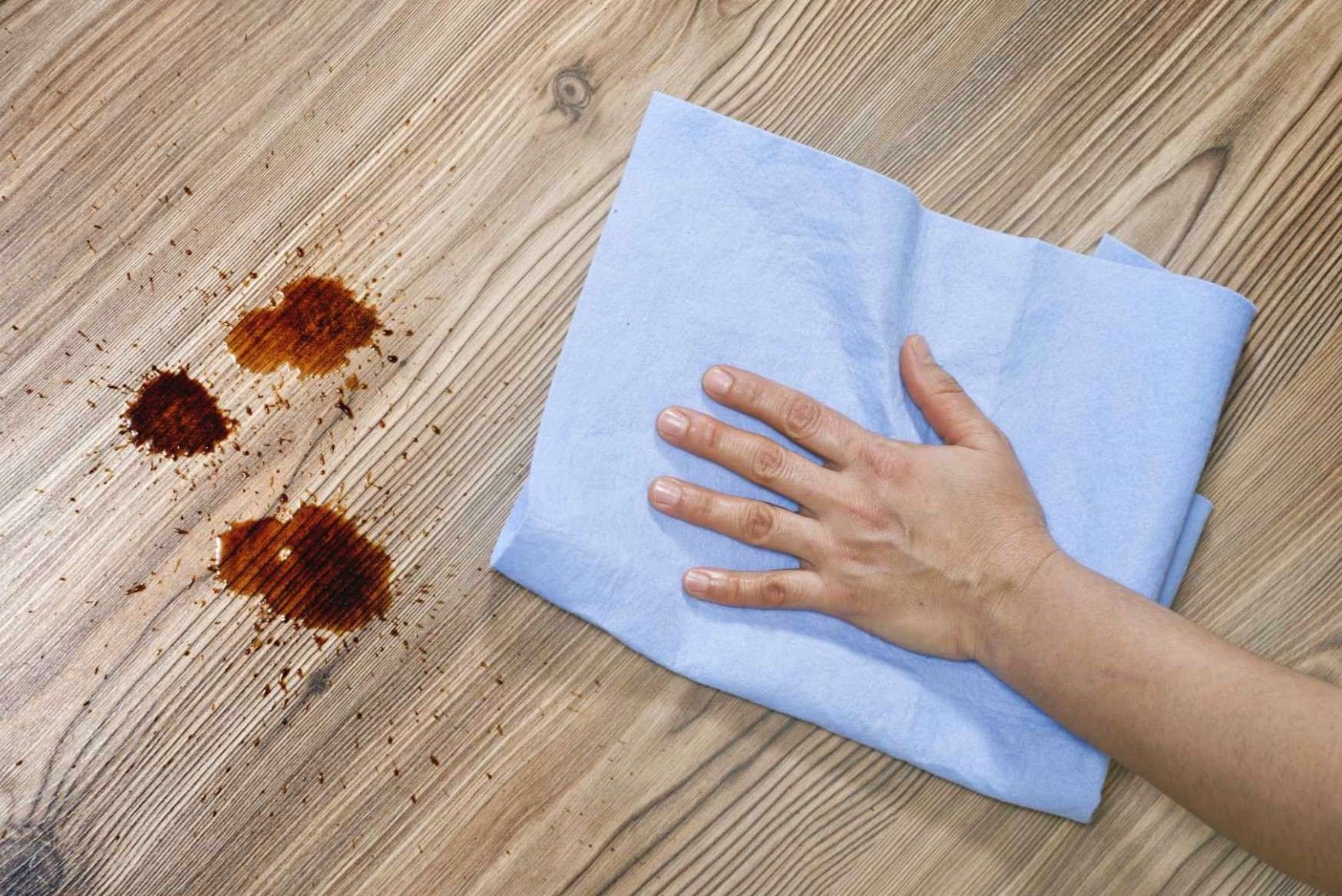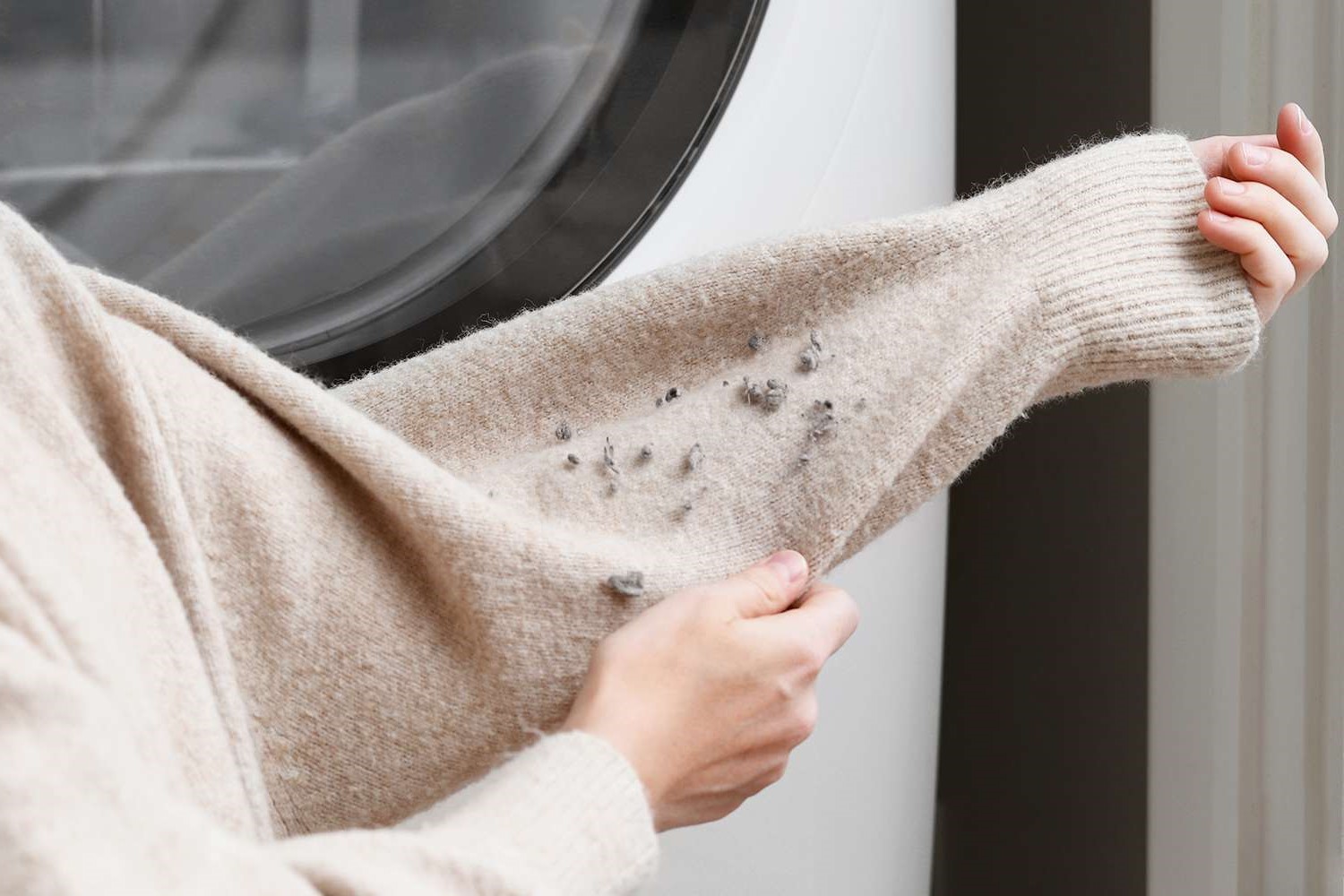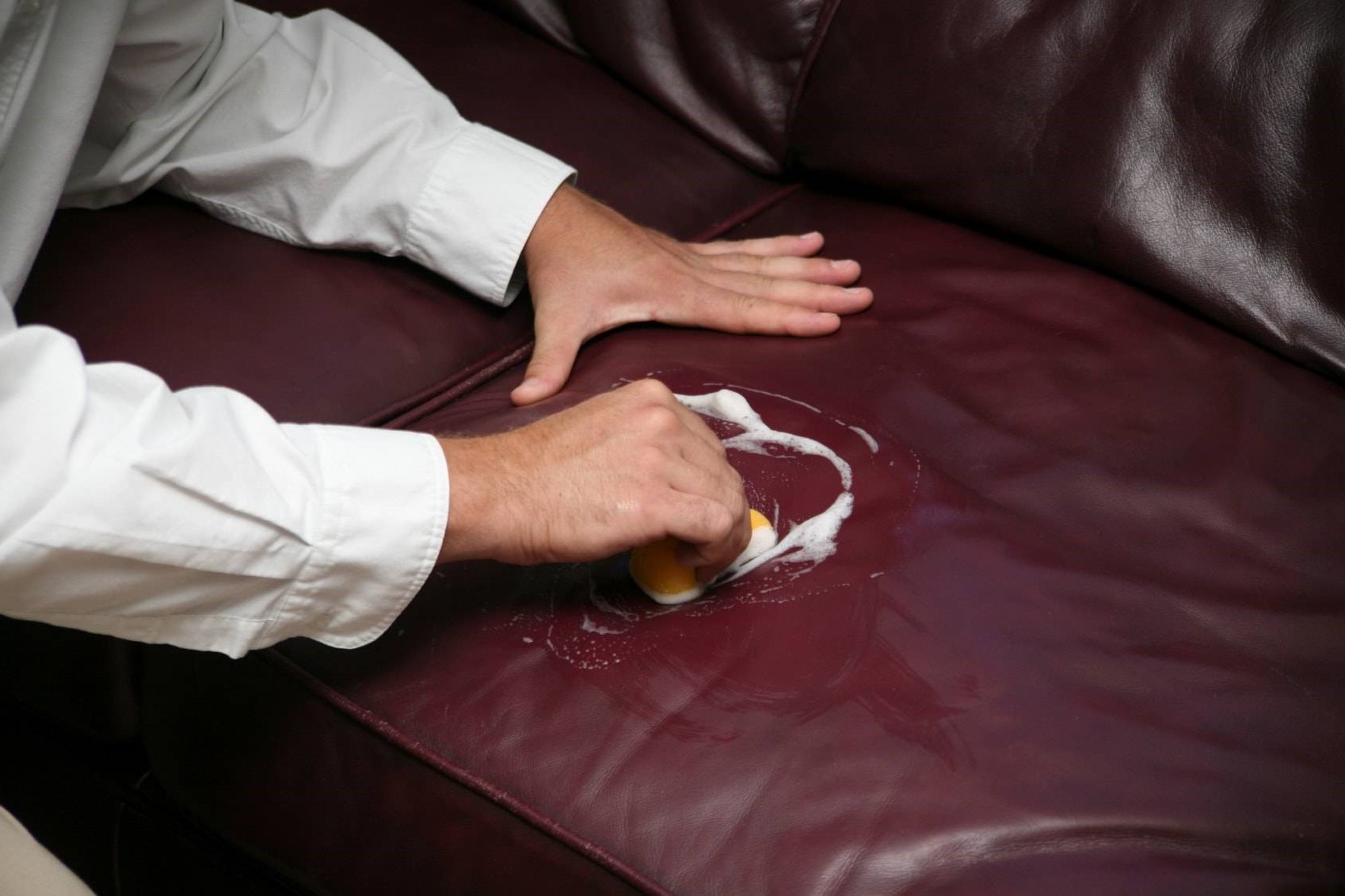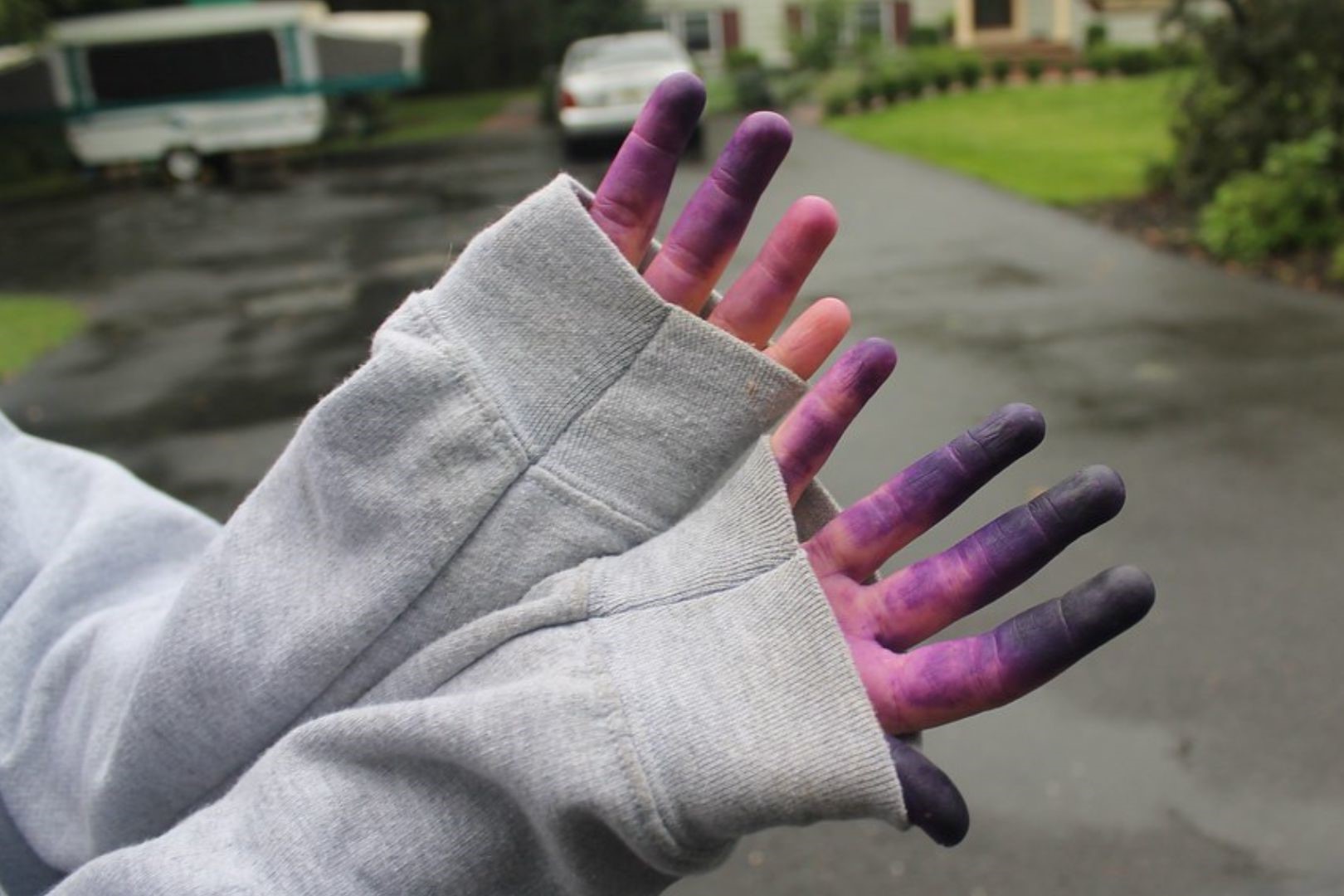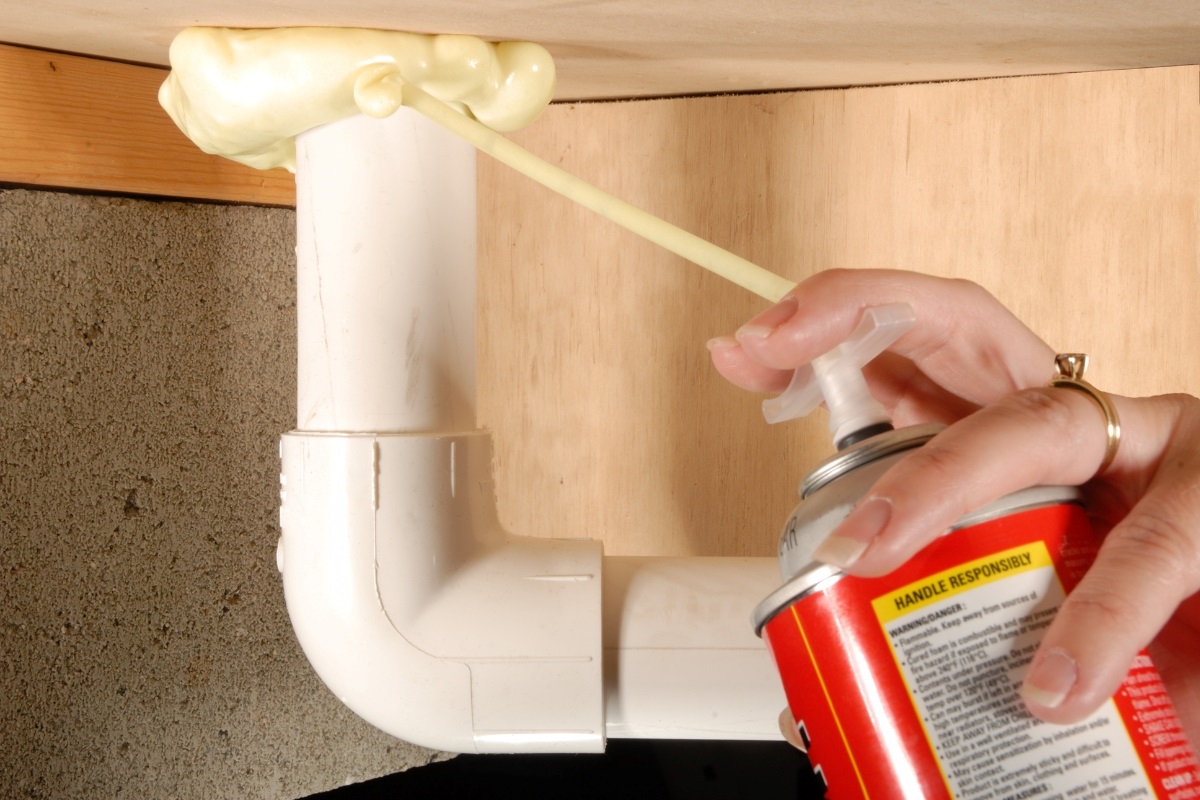Home>Home and Garden>How To Get Candle Wax Off Of Wood


Home and Garden
How To Get Candle Wax Off Of Wood
Published: March 1, 2024
Learn how to remove candle wax from wood surfaces with these easy home and garden tips. Keep your furniture looking its best!
(Many of the links in this article redirect to a specific reviewed product. Your purchase of these products through affiliate links helps to generate commission for Noodls.com, at no extra cost. Learn more)
Table of Contents
Introduction
Removing candle wax from wood surfaces can be a daunting task, but with the right techniques and materials, it can be accomplished effectively and efficiently. Whether it's a cherished wooden table, a beautiful hardwood floor, or any other wooden surface, dealing with candle wax spills can be a common occurrence in many households. The good news is that there are several methods to tackle this issue, and with a bit of patience and the right approach, you can restore your wood surfaces to their former glory.
In this comprehensive guide, we will explore various methods for removing candle wax from wood, using simple household items and techniques that are safe for your wood surfaces. From utilizing heat to employing ice, oil, and vinegar, each method offers a unique approach to effectively lift and remove the wax without causing damage to the wood. By following these methods, you can say goodbye to unsightly wax stains and preserve the natural beauty of your wooden furniture and floors.
Whether you're a seasoned DIY enthusiast or a novice in the realm of home maintenance, this guide will equip you with the knowledge and confidence to address candle wax mishaps on your wooden surfaces. With a few readily available materials and a willingness to roll up your sleeves, you can restore the elegance of your wood furnishings and maintain a welcoming ambiance in your home. So, let's dive into the methods and materials needed to conquer the challenge of removing candle wax from wood, and reclaim the pristine allure of your wooden surfaces.
Read more: How To Get Candle Wax Off Wall
Materials Needed
When it comes to removing candle wax from wood, having the right materials at your disposal is essential for achieving successful results. Here are the items you'll need to effectively tackle this task:
-
Heat Source: Whether it's a hairdryer, an iron, or a heat gun, having a reliable heat source is crucial for softening and loosening the candle wax from the wood surface.
-
Ice Pack or Ice Cubes: Utilizing cold temperatures can aid in solidifying the wax, making it easier to scrape off without causing damage to the wood.
-
Paper Towels or Clean Cloth: These will be used to absorb the melted wax and residue during the removal process.
-
Plastic Card or Blunt Knife: Having a tool to gently scrape off the softened wax without scratching the wood is essential. A plastic card or a blunt knife can serve this purpose effectively.
-
Natural Oils (e.g., Olive Oil, Coconut Oil): Oils can help dissolve and lift the remaining wax residue from the wood surface, while also nourishing and conditioning the wood.
-
White Vinegar: This household staple can be used to create a simple cleaning solution that aids in removing any lingering wax and oil residue from the wood.
-
Soft Cloth or Sponge: A soft cloth or sponge will be used to apply the oil or vinegar solution and gently clean the wood surface.
By ensuring that you have these materials on hand, you can confidently proceed with the chosen method for removing candle wax from your wood surfaces. Each item plays a specific role in the process, contributing to the overall effectiveness and safety of the wax removal endeavor. With these materials at your disposal, you'll be well-equipped to address candle wax spills on your wooden furniture, floors, or any other wood surfaces in your home.
Method 1: Using Heat
Using heat is a widely recognized and effective method for removing candle wax from wood surfaces. This approach involves softening the wax to make it pliable, allowing for easier removal without causing damage to the wood. Here's a detailed breakdown of the process:
-
Preparation: Begin by gathering your materials, including a heat source (such as a hairdryer or an iron), paper towels or a clean cloth, and a plastic card or blunt knife for scraping.
-
Application of Heat: With the heat source set to a low or medium setting, direct the heat towards the affected area of the wood surface. Keep the heat source a few inches away from the wood to avoid overheating or scorching it. As the wax begins to soften, you'll notice it becoming more pliable and easier to work with.
-
Absorption: As the wax softens, use paper towels or a clean cloth to gently absorb the melted wax. It's important to use a blotting motion to lift the wax from the wood surface without spreading it further.
-
Scraping: Once a significant amount of wax has been absorbed, use a plastic card or blunt knife to carefully scrape off the remaining softened wax. Be gentle to avoid scratching or damaging the wood.
-
Repeat if Necessary: Depending on the amount of wax and the depth of penetration into the wood grain, you may need to repeat the heating and absorption process until the majority of the wax has been removed.
-
Cleaning: After the wax has been lifted from the wood, use a mild cleaning solution or wood-safe cleaner to gently clean the area and remove any residual wax or residue.
Using heat to remove candle wax from wood is a practical and efficient method that can yield impressive results. It's important to exercise caution when applying heat to wood surfaces, ensuring that the temperature remains moderate to prevent any damage. By following these steps and being mindful of the heat application, you can effectively restore your wood surfaces to their original condition, free from unsightly wax residue.
Method 2: Using Ice
Another effective method for removing candle wax from wood involves utilizing the power of cold temperatures. By employing ice, you can solidify the wax, making it easier to gently lift and scrape off the wood surface without causing any damage. Here's a detailed walkthrough of the process:
-
Preparation: Begin by gathering the necessary materials, including an ice pack or a few ice cubes, a plastic card or blunt knife for scraping, and a clean cloth or paper towels for absorbing the melted wax.
-
Application of Ice: Place the ice pack or ice cubes directly onto the affected area of the wood surface where the candle wax resides. The cold temperature will cause the wax to harden and contract, facilitating the removal process.
-
Solidification: Allow the ice to remain in contact with the wax for several minutes, ensuring that it has ample time to solidify the wax. As the wax becomes brittle, it will be less adhered to the wood, making it easier to handle.
-
Scraping: Once the wax has solidified, use a plastic card or blunt knife to gently scrape off the hardened wax from the wood surface. Exercise caution to avoid applying excessive force that could potentially damage the wood.
-
Repeat as Needed: Depending on the thickness of the wax layer and the depth of penetration into the wood grain, you may need to repeat the ice application and scraping process until the majority of the wax has been removed.
-
Cleaning: After successfully lifting the wax from the wood, use a mild cleaning solution or a wood-safe cleaner to gently clean the area and remove any remaining wax residue.
Using ice to remove candle wax from wood is a simple yet effective method that can yield impressive results. By harnessing the power of cold temperatures, you can safely and efficiently address wax spills on your wood surfaces, restoring their natural beauty without causing harm. This method is particularly beneficial for delicate wood finishes, as it minimizes the risk of heat-related damage while effectively tackling the wax removal process. With the right approach and a bit of patience, you can bid farewell to unsightly wax stains and preserve the pristine allure of your wooden furniture and floors.
Method 3: Using Oil
Using oil is a gentle and effective method for removing residual candle wax from wood surfaces. This approach not only aids in lifting the remaining wax but also nourishes and conditions the wood, leaving it with a lustrous finish. Here's a detailed exploration of the process:
-
Preparation: Gather the necessary materials, including a natural oil such as olive oil or coconut oil, a soft cloth or sponge, and a mild cleaning solution if needed.
-
Application of Oil: Pour a small amount of the natural oil onto a soft cloth or sponge. Gently apply the oil to the area where the wax residue remains on the wood surface. The oil will work to dissolve and lift the wax, making it easier to remove while imparting a subtle sheen to the wood.
-
Massage and Soak: Using circular motions, massage the oil into the affected area, ensuring that the residual wax is thoroughly coated. Allow the oil to soak into the wood for a few minutes, enabling it to effectively break down the remaining wax.
-
Gentle Scrubbing: After the oil has had time to work its magic, use the soft cloth or sponge to gently scrub the area, focusing on the spots where the wax residue is concentrated. The combination of oil and gentle friction will aid in lifting the remaining wax from the wood surface.
-
Absorption: As the wax is lifted, use a clean section of the cloth or a fresh cloth to absorb the dissolved wax and oil residue. Continue this process until the majority of the wax has been removed, periodically switching to a clean area of the cloth to prevent re-deposition.
-
Cleaning: Once the wax residue has been successfully lifted, use a mild cleaning solution or wood-safe cleaner to gently clean the area and remove any lingering oil residue. This step ensures that the wood surface is left clean and free from any remaining traces of wax or oil.
Using oil to remove candle wax from wood is a gentle and nourishing method that not only addresses wax residue but also enhances the natural beauty of the wood. By following these steps and exercising patience, you can effectively restore your wood surfaces, leaving them with a renewed luster and free from unsightly wax remnants. This method is particularly beneficial for maintaining the integrity of delicate wood finishes, providing a safe and nurturing approach to wax removal.
Read more: How To Get Wax Off Skin
Method 4: Using Vinegar
Utilizing vinegar as a natural cleaning agent and wax remover is a practical and eco-friendly approach to addressing candle wax spills on wood surfaces. Vinegar's acidic properties make it an effective solvent for breaking down wax residue while also serving as a gentle cleaner for wood. Here's a detailed exploration of the process:
-
Preparation: Begin by gathering the necessary materials, including white vinegar, a soft cloth or sponge, and a mild cleaning solution if needed.
-
Dilution: In a small container, dilute the white vinegar with an equal amount of water to create a gentle yet potent cleaning solution. This diluted vinegar solution will effectively aid in dissolving the wax residue while being safe for use on wood surfaces.
-
Application of Vinegar Solution: Using a soft cloth or sponge, apply the diluted vinegar solution to the area where the wax residue is present on the wood surface. Ensure that the affected area is thoroughly coated with the solution, allowing it to penetrate and break down the wax.
-
Soaking and Softening: Allow the vinegar solution to soak into the wood for a few minutes, enabling it to soften and dissolve the wax residue. The acidic nature of the vinegar will work to loosen the wax, making it easier to lift and remove from the wood.
-
Gentle Scrubbing: After the vinegar solution has had time to work its magic, use the soft cloth or sponge to gently scrub the area, focusing on the spots where the wax residue is concentrated. The combination of vinegar and gentle friction will aid in lifting the remaining wax from the wood surface.
-
Absorption: As the wax is lifted, use a clean section of the cloth or a fresh cloth to absorb the dissolved wax and vinegar residue. Continue this process until the majority of the wax has been removed, periodically switching to a clean area of the cloth to prevent re-deposition.
-
Cleaning: Once the wax residue has been successfully lifted, use a mild cleaning solution or wood-safe cleaner to gently clean the area and remove any remaining vinegar residue. This final step ensures that the wood surface is left clean and free from any lingering traces of wax or vinegar.
Using vinegar to remove candle wax from wood is a natural and effective method that provides a safe and gentle approach to wax removal. By following these steps and allowing the vinegar solution to work its magic, you can effectively restore your wood surfaces, leaving them clean, refreshed, and free from unsightly wax remnants. This method is particularly beneficial for maintaining the integrity of delicate wood finishes, offering a natural and eco-conscious solution to wax removal.
Conclusion
In conclusion, the process of removing candle wax from wood surfaces encompasses a variety of effective and practical methods, each offering its own unique approach to addressing wax spills and residue. Whether it's utilizing heat to soften the wax, harnessing the power of ice to solidify and lift the wax, employing natural oils to dissolve residue and nourish the wood, or utilizing vinegar as a gentle solvent and cleaner, there are versatile options available to suit different preferences and scenarios.
It's important to emphasize that regardless of the chosen method, patience and gentle handling are key elements in successfully restoring wood surfaces to their original condition. By following the outlined methods and utilizing the recommended materials, individuals can confidently tackle wax spills on wooden furniture, floors, and other wood surfaces, ensuring that the natural beauty and integrity of the wood are preserved.
Furthermore, the use of common household items such as heat sources, ice packs, natural oils, and vinegar underscores the accessibility and simplicity of these wax removal techniques. This accessibility empowers individuals to address wax mishaps promptly and effectively, without the need for specialized or expensive products.
Moreover, the incorporation of natural oils and vinegar in the wax removal process not only aids in lifting wax residue but also contributes to the nourishment and maintenance of wood surfaces. This dual functionality aligns with eco-friendly and sustainable practices, offering a holistic approach to caring for wooden furniture and floors.
By integrating these methods into their home maintenance repertoire, individuals can confidently address candle wax spills on wood surfaces, ensuring that their living spaces maintain a welcoming and well-maintained ambiance. Additionally, the knowledge and proficiency gained from mastering these wax removal techniques can contribute to a sense of empowerment and self-sufficiency in home care and maintenance.
In essence, the journey of removing candle wax from wood surfaces is not only about addressing immediate spills but also about nurturing and preserving the timeless allure of wood. With the right methods, materials, and a touch of patience, individuals can bid farewell to unsightly wax stains and embrace the enduring elegance of their wooden furnishings and floors.
